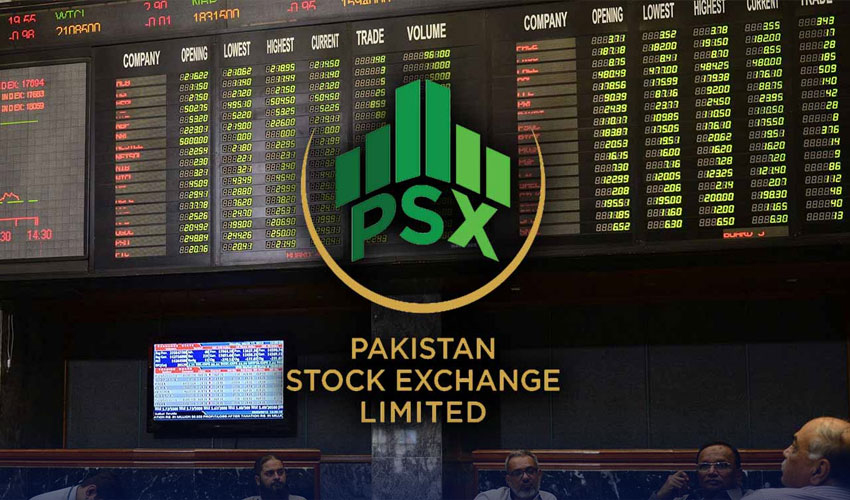Business
Pakistani stocks are rising, and the KSE-100 breaks the 69,000 barrier.
-

 Latest News3 days ago
Latest News3 days agoDay four of the AJK inflation protest begins as talks come to a standstill.
-

 Latest News3 days ago
Latest News3 days agoShaheen Afridi and Babar Azam get special jerseys from PCB chairman
-

 Latest News3 days ago
Latest News3 days agoPM Shehbaz Sharif revokes the GM and MD of PASSCO procurement
-

 Latest News3 days ago
Latest News3 days agoPunjabi bakers decide to charge Rs. 15 for “roti.”
-

 Latest News3 days ago
Latest News3 days agoCustoms recovered smuggled goods worth Rs 100 million.
-

 Latest News3 days ago
Latest News3 days agoPresident Zardari urges resolution of AJK issues through dialogue
-

 Latest News3 days ago
Latest News3 days agoLHC requested that NAB look into the fraud involving wheat imports.
-

 Latest News3 days ago
Latest News3 days agoNAB concludes its investigation into the Ramadan package corruption case.















